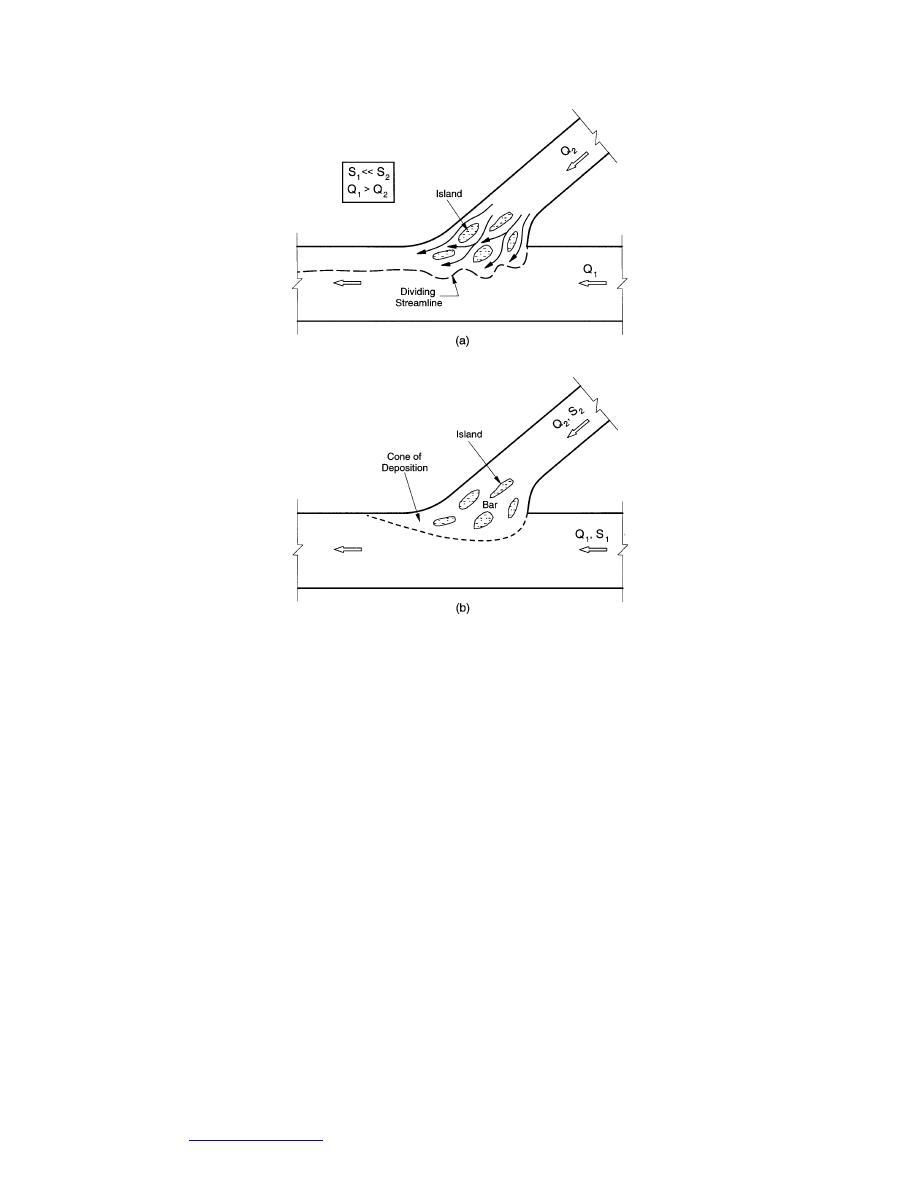
Figure 5. Schematic of channel confluence with discor-
dant bed levels; (a) general flow features of the conflu-
ence; (b) the sediment alluvial cone.
features of this type of confluence, the distinguishing morphologic features
are a bar formed in the flow separation zone and a deep scour beneath the
zone of maximum flow velocity in the confluence. The confluence of the Mis-
sissippi and Missouri Rivers is of this type (Fig. 1).
Confluences of discordant bed channels. The bed levels of the two confluent
channels differ significantly in level and slope, so that the channel with the
higher level and slope may develop a zone of sediment deposition, an alluvial
fan, at its junction with the deeper and flatter channel. This type is depicted in
Figures 5a and b, which show the main flow and bathymetric features. The
confluence of the Liard and Mackenzie Rivers is of this type (see Fig. 32). The
limiting example of this type is the river delta formed at the head of a lake or
reservoir.
The first confluence classification coincides with the first confluence group sug-
gested by Tuthill and Mamone (1997), i.e., confluence of similar size rivers or chan-
nels. The second classification encompasses the second three confluence groups
suggested by Tuthill and Mamone. The situation of a river draining a lake is the
reverse of a river flowing into a lake. Both situations may be treated as discordant
channels: one in which the inflow diverges in area, the other in which the inflow
converges. The classification is useful for examining the processes whereby ice
10
Go to contents page



 Previous Page
Previous Page
